Dream catchers and their characteristics carry symbolic meanings
Dream catchers are a meaningful artifact that have been passed down through decades of Native American generations
Dream catchers are traditionally made by mothers to protect their children from bad energy and provide them with peace and happiness.
Dream catchers are popularly used across the world, but they are much more than just a knick-knack or a method to make unwanted dreams disappear —these “decorative” items hold much more significance and history.
Dream catchers were popular in the 1980s and have since become a main attraction for home decoration. Dream catchers are created from natural materials and are available in a variety of unique forms and sizes.
There’s a lot more to them than just a piece of wood or decoration. They originated from Native American tribes, who believed that they protect people from nightmares and bad dreams. Dream catchers were intended for younger children and placed above their beds. Storytelling has been passed down through many generations; it is the way through which the message is passed onto future generations.
Each element has a function more than decorative.
Dream catchers are often made from a round hoop that acts as the frame, which is their first unique characteristic. The round form symbolizes the circle of life.
Their second distinguishing element is a web formed within the frame. One or more beads are placed into the web design of every traditional or symbolic dream catcher. There are several interpretations of what these beads might symbolize. When a single bead is used, most cultures think it represents the spider that spun the web.
Dream catchers also have feathers at some point on them. The feathers dangling from the circle’s bottom serve an important purpose of allowing positive dreams to fall on the sleeping individual.
Some dream catchers come in a variety of colors. Each color is able to pursue the person in a different way. As an example, the color yellow, which is related to the sun, represents optimism, strength, joy, happiness, and companionship. So, if you’re planning on purchasing a dream catcher, keep these small considerations in mind and explore what the color(s) or pattern(s) on different dream catchers may imply.
Today, dream catchers have made their way into modern culture; they can be found on phone covers, clothing, tattoos, and a variety of other things.
Although dream catchers come in a variety of forms and sizes, traditional — symbolic and focused on Native American culture — dream catchers are smaller and harder to obtain. Most dream catchers available today are not authentic since they are not made by mothers from such tribes and are not made with the original materials.
As much fun as it is to accessorize a nice dream catcher, we must acknowledge that this Native American cultural item is more than simply a fashion statement. The dream catcher is a spiritual sign, a mother’s blessing for peace and positive energy to her children.
Your donation will support the student journalists of Mead High School. Your contribution will allow us to purchase equipment and cover our annual website hosting costs.
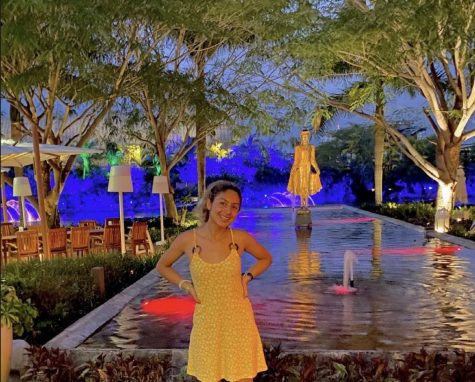
Ana Carrillo is a Senior. She enjoys hanging out with friends, outdoor activities and random adventures. She is on the tennis team this year. She is looking forward to communicating current events occurring in and outside of school.


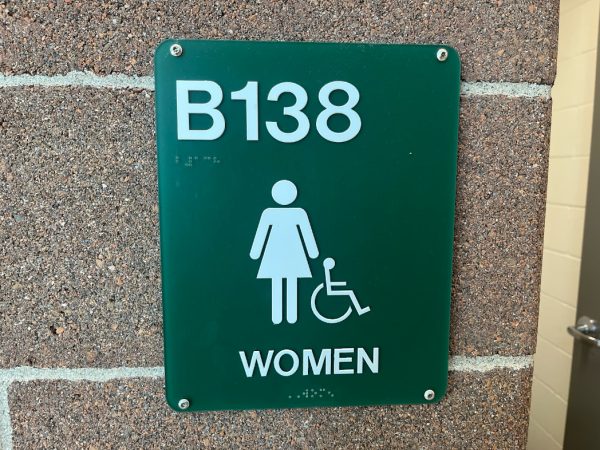
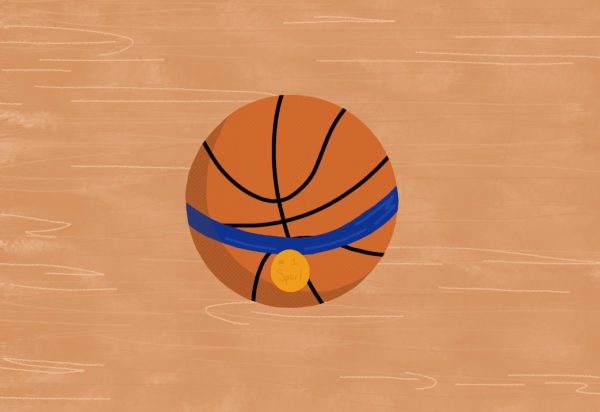

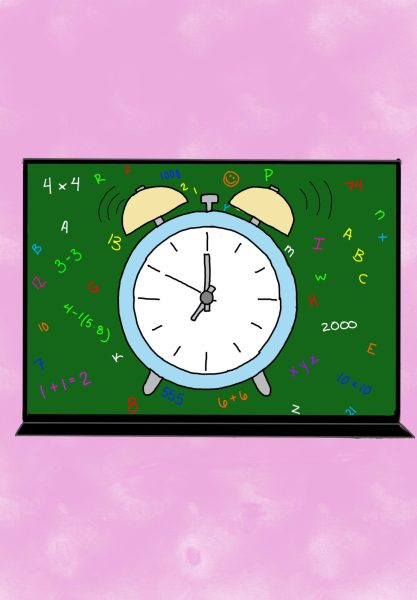

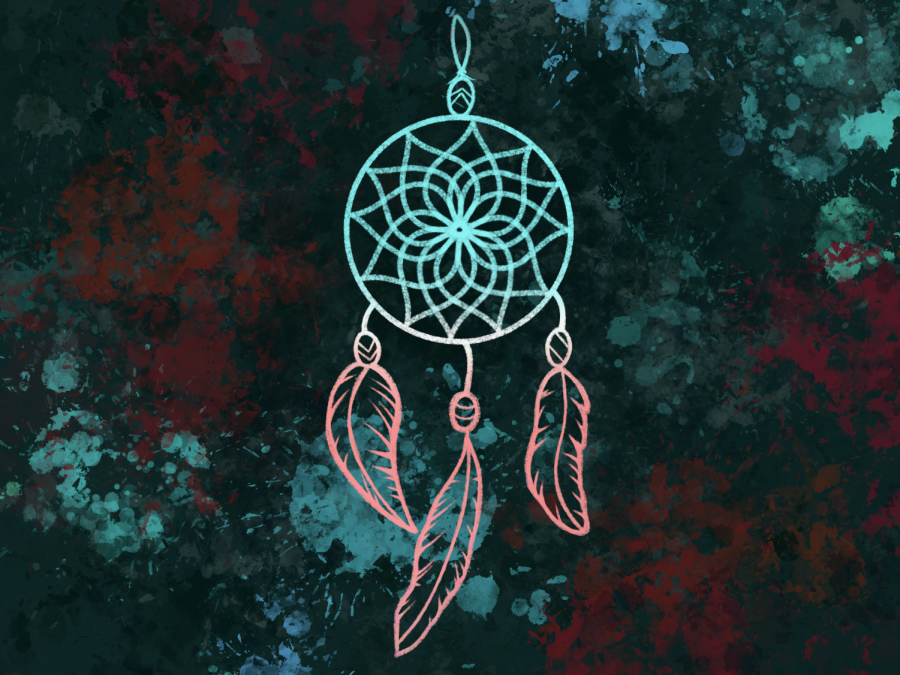
Ms. Long • Mar 14, 2022 at 12:31 pm
Thank you for sharing the history and cultural significance of dream catchers.